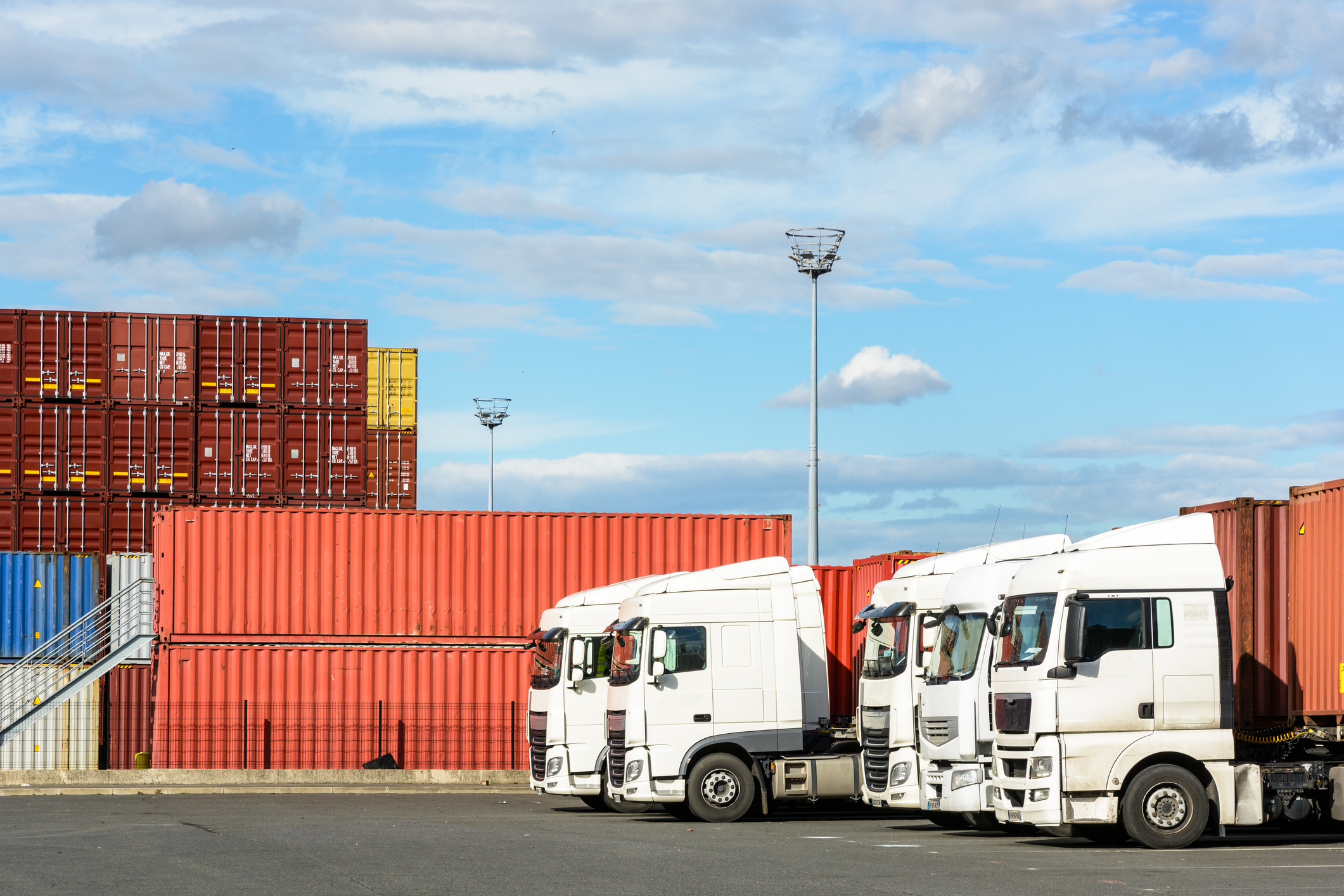![]() The Internet of Things (IoT) is ubiquitous. Homes and vehicles are getting as smart as phones in a market currently estimated to be worth in excess of $212 billion.1
The Internet of Things (IoT) is ubiquitous. Homes and vehicles are getting as smart as phones in a market currently estimated to be worth in excess of $212 billion.1
IoT solutions have also captured the attention — and dollars — of companies. In North America, smart factories are projected to be worth $500 billion by 2022 but that’s just one facet of corporate connectivity.1 Companies across industries worldwide could invest as much as $15 trillion over the next three years to add value to their businesses through Artificial Intelligence (AI), machine and deep learning, and/or data processes.1
Of particular interest is fixed and mobile IoT asset tracking. Over half of companies feel IoT solutions in this area are the answer to cost reduction (54%).1 More specifically, the data behind the invisible, interconnected world is essential to achieving these goals.
Fleet Management
Asset tracking serves several purposes within fleet management. There are logistical benefits in that fleet managers know in real-time where a specific vehicle is through location data tracking. Likewise, they are also able to tap into traffic patterns and potential delays for re-routing, if warranted.
Keeping delivery vehicles on the road and on time also aids in keeping tabs on the goods inside the vehicle. As a result, managing customer expectations around last-mile delivery is more accurate, thereby improving all service touchpoints. Since 89% of companies report competing mainly on customer experience2, fleet logistics, customer service, and streamlined operational efficiencies hinge on IoT data.
Centralized Daily Operations
In industrial settings, the fixed assets of production equipment are often extremely expensive capital investments. Maintaining equipment is mission-critical for manufacturers. IoT connectivity that allows for automatically scheduled preventive maintenance prolongs equipment life, thereby eliminating the need for costly fixes or premature replacement. Likewise, being able to gather machine data from production lines in one or multiple facilities and funnel it into a centralized auditing point is practical and cost-effective.
However, companies don’t need capital equipment to benefit from this type of asset tracking. Seamless inventory tracking and visibility enhanced by location data make it easier for decision-makers to understand and solve root cause problems that diminish profitability. Aggregated IoT data provides key information: what products are on-hand, where they’re located, and if they are contributing to or detracting from growth initiatives.
In the larger scope, supply chains are dynamic assets that benefit from automated asset tracking. IoT use cases suggest that companies that have not introduced advanced mapping automation solutions assume the risks that come with a lack of visibility. Failure to see, predict, and quickly respond to external conditions that affect the supply chain upsets internal equilibrium. As a result, disruptive and costly problems arise internally, including inventory misplacement, product outages, and overwhelmed workers.
Managing the Return on Returnable Assets
Workers cannot be overlooked when discussing asset tracking and management. Giving teams the tools they need to do their daily jobs faster and better means more products going to market — increasing profit potential while cutting operational costs.
IoT-driven inventory location data is central to the process in two ways: managing assets going out the door and those coming back in. Returnable shipping assets (RSAs) such as trolleys and roller cages and Returnable Industrial Packaging (RIPs) such as pallets are just that — returnable. Yet, nearly 10% of these assets go missing every year through misplacement or theft.3 Replacement costs add up quickly, and there’s also the time wasted when employees futilely search for these items.
HERE Location Services is tackling the challenge of returnable asset tracking with IoT solutions that leverage GPS indoor and outdoor location-tracking capabilities, long-range wireless, and fully integratable hardware. Outmoded manual processes are eliminated. Teams can get to the root cause of misplaced or missing RSAs and RIPs faster, and perhaps recover the assets instead of re-purchase them.
The IoT has given rise to new and innovative ways for companies to manage assets and cut costs by leveraging location data. Learn more about how digital mapping could improve outcomes on even your toughest challenges. Request a free consultation with ADCi experts now!
SOURCES
1FindStack, 21+ Internet of Things Statistics, Facts & Trends for 2021, August 6, 2021
2Sierra Wireless, IoT Enabled Asset Tracking, Undated
3HERE, Tracking Returnable Assets | Return Logistics | HERE, 2021
Subscribe to ADCi's Blog
Related Posts

5 Unexpected Ways Location-Based Services Benefit Businesses

Does Location Intelligence Improve Efficiency in Local Governments?

